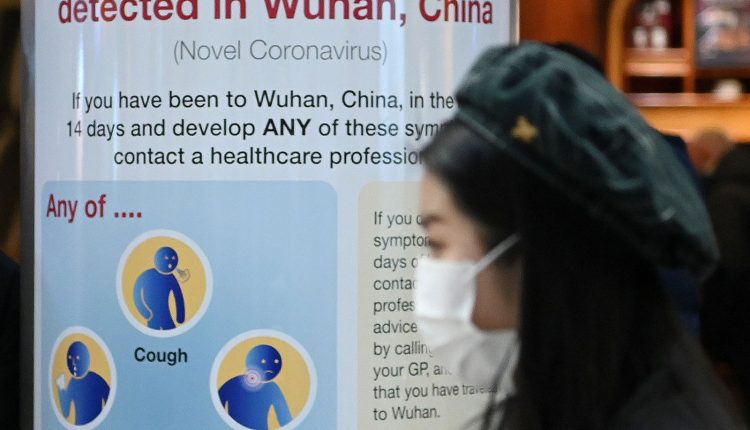China’s epicentre of coronavirus – Hubei reports zero cases after two-month ordeal
The Chinese province of Hubei, the epicentre of the coronavirus outbreak reported on Thursday no new infections for the first time since the virus fiercely emerged more than two months ago.
The announcement marks a turning point in the pathogen that has infected almost 81,000 Chinese and is threatening to push the world’s second-largest economy into its first quarter-contraction in decades.
China is struggling to get back on its feet after being flattened by the coronavirus that exploded out of Wuhan City in Hubei province in late January. The country is now handling the aftermath of containment measures that have incurred enormous social and economic damage, most of all in its 60-million province of Hubei.
As its new cases dropped to zero on Thursday compared with a peak of 15,000 a month ago, Hubei partially lifted the mass quarantine that has been imposed since January 23 to encompass Wuhan and surrounding cities, enabling some residents in lower-risk areas to leave the province for work.
Bloomberg quoted some local media reports as saying that people in the Chinese province have to get a “green code” certification to prove they are in good health to leave.
Hubei’s mass quarantine was aimed at sealing off the entire region where the coronavirus first erupted from the rest of the country and world as well. The unprecedented and miraculous measures are now being taken as lessons to learn and adopt by some of the highly-infectious countries such as Italy.
Researchers said the lockdown of Wuhan likely reduced overseas transmission of the virus by almost 80 percent. However, it caused immense suffering within Hubei. For instance, the local medical system collapsed under the weight of the growing number of infections, leading to scores of preventable deaths, both virus-related and not. In fact, Italy and Iran are among countries that are having now similar scenarios, as their medical infrastructure becomes overwhelmed by the epidemic.
During the lockdown, China sent thousands of doctors from around the country to Hubei province to help, while new hospitals were built within days to house its tens of thousands of infected patients.
Outside Hubei, local officials in the rest of China placed varying restrictions on residents’ movements and used broad surveillance powers to track who infected people came into contact with.
Experts warn of second wave
While the flu-like virus is accelerating its spread worldwide and people within China started resuming work and social activities, a second wave of infections is almost guaranteed, according to experts, given how contagious the disease is and how easily it spreads to country borders.
Even as Hubei’s numbers have fallen to zero, China is still indeed facing another concern as imported cases continue to add to the country’s tally of infections.
The National Health Commission confirmed 34 new cases for March 18, all of them patients who brought the disease from other countries.
Chinese authorities should watch out for “very infectious” cases among travellers entering China from other countries, and some show no symptoms at first, Bloomberg quoted prominent Chinese infectious disease expert Zhong Nanshan as saying in a press conference on Wednesday.
Globally, the virus has infected more than 211,000 and killed 8,700. The pandemic has accelerated in the rest of the world, cutting in particular deadly swathe in countries like Italy.
Several countries are closing their borders and shutting schools and restaurants. Music festivals and sports events or any big gatherings have been postponed. Travel and supply chains are disrupted.
Economists forecast that $2.7 trillion will be wiped from the world’s gross domestic product.
Source: Bloomberg



